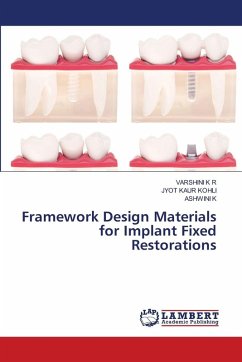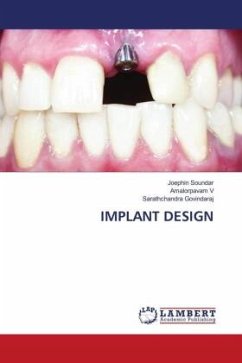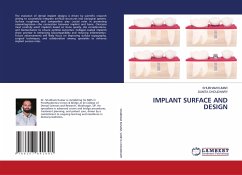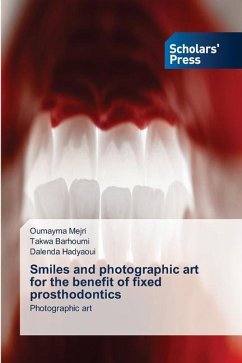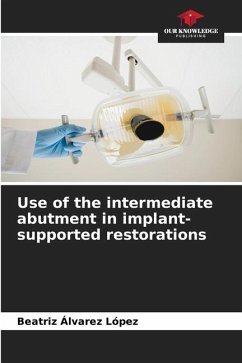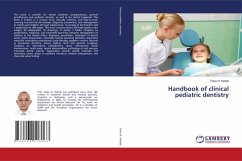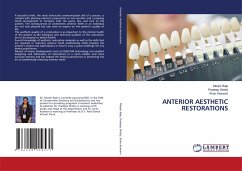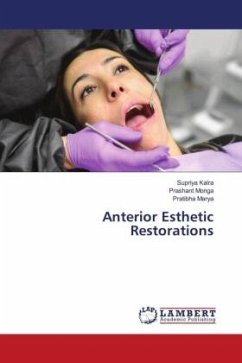
Framework design materials for implant fixed restorations
Versandkostenfrei!
Versandfertig in 6-10 Tagen
53,99 €
inkl. MwSt.

PAYBACK Punkte
27 °P sammeln!
Frameworks must be fabricated from materials and protocols that allow passive and accurate fit between frameworks and implants and/or abutments. CAD/CAM fabricated frameworks generally provide better, more accurate fit than do cast frameworks.Framework design has evolved into a series of clinical and laboratory procedures that incorporate principles of fixed and removable prosthodontics; prostheses are more successful if frameworks are designed consistent with predetermined tooth positions.Frameworks must be designed with adequate space (1.5 to 2 mm) for prosthetic materials: acrylic resin/com...
Frameworks must be fabricated from materials and protocols that allow passive and accurate fit between frameworks and implants and/or abutments. CAD/CAM fabricated frameworks generally provide better, more accurate fit than do cast frameworks.Framework design has evolved into a series of clinical and laboratory procedures that incorporate principles of fixed and removable prosthodontics; prostheses are more successful if frameworks are designed consistent with predetermined tooth positions.Frameworks must be designed with adequate space (1.5 to 2 mm) for prosthetic materials: acrylic resin/composite resin/reinforced polymeric materials. Retentive elements for denture base materials should be designed as integral parts of implant frameworks. Adequate thickness is necessary to minimize the potential for denture base fracture. Acrylic resin retention may be accomplished with nail head retentive elements, retentive loops, or undercut areas randomly placed throughout frameworks. Retentive elements should be placed such that they will not interfere with tooth placement.



